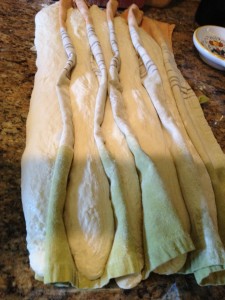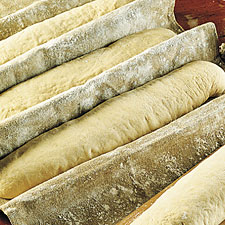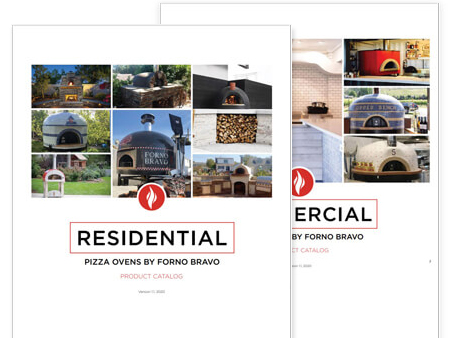Handling Wet Dough and the Couche
May 21, 2012Posted by Forno BravoIn my previous posting, I made to notes on mixing and kneading high hydration dough (80% in this case), so I wanted to make a couple of notes on working with web dough—and point out a mistake that I made (something I know but need occasional reminding).
First, don’t over-flour your work surface, or the dough, when handling wet dough. You can add a little bit of extra virgin olive oil to your work surface to the dough from sticking, and you can put water on your hands. If you use a lot of flour you can alter your dough, by working a lot of flour into the dough later in the process (which ins’t good), and your proofed loaves can have a lot of excess flour on them, which can burn in the oven, and give your bread an almost sandy, or gritty texture on the outside.
Second, you will need a couch. From our friends at Wikipedia (wait a minutes. are we our own friends at Wikipeidia? I have contributed a number of photos there—including some up-close photos of water buffalo for mozzarella):
Alternatively, a couche or proofing cloth can be used to proof dough on or under. Couche are generally made of linen or other coarse material which the dough will not stick to and are left unwashed so as to let yeast and flour collect in them, aiding the proofing process.
I have been using tea towels (at least that’s what my English wife calls them). You can find linen tea towels that are inexpensive and work pretty well—though they aren’t perfect. A professionale couche is wider, longer, stiffer and has a looser weave pattern, so the bread is less likely to stick. Maybe I need to go shopping. I know you can get one from the wonderful people at King Arthur Flour.







